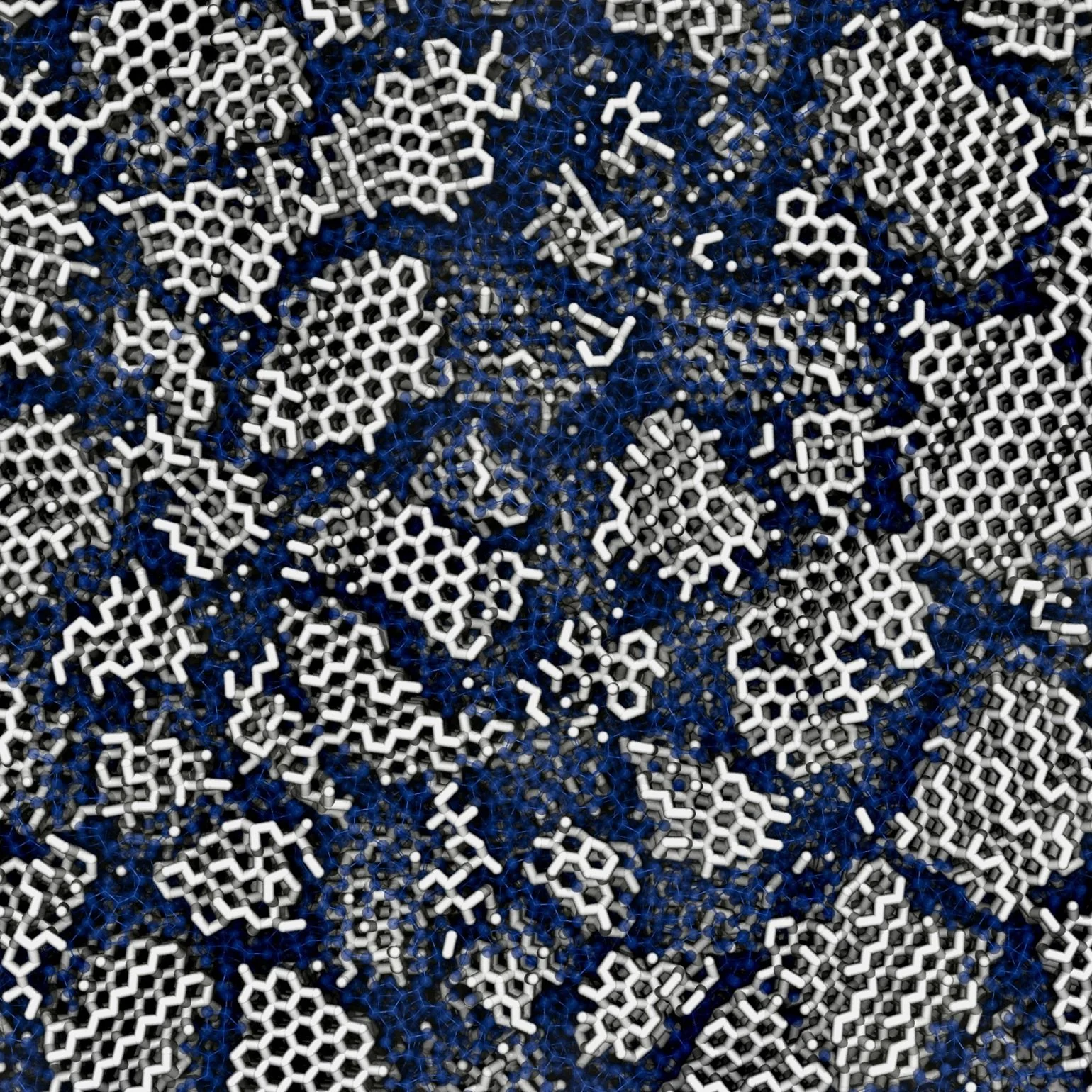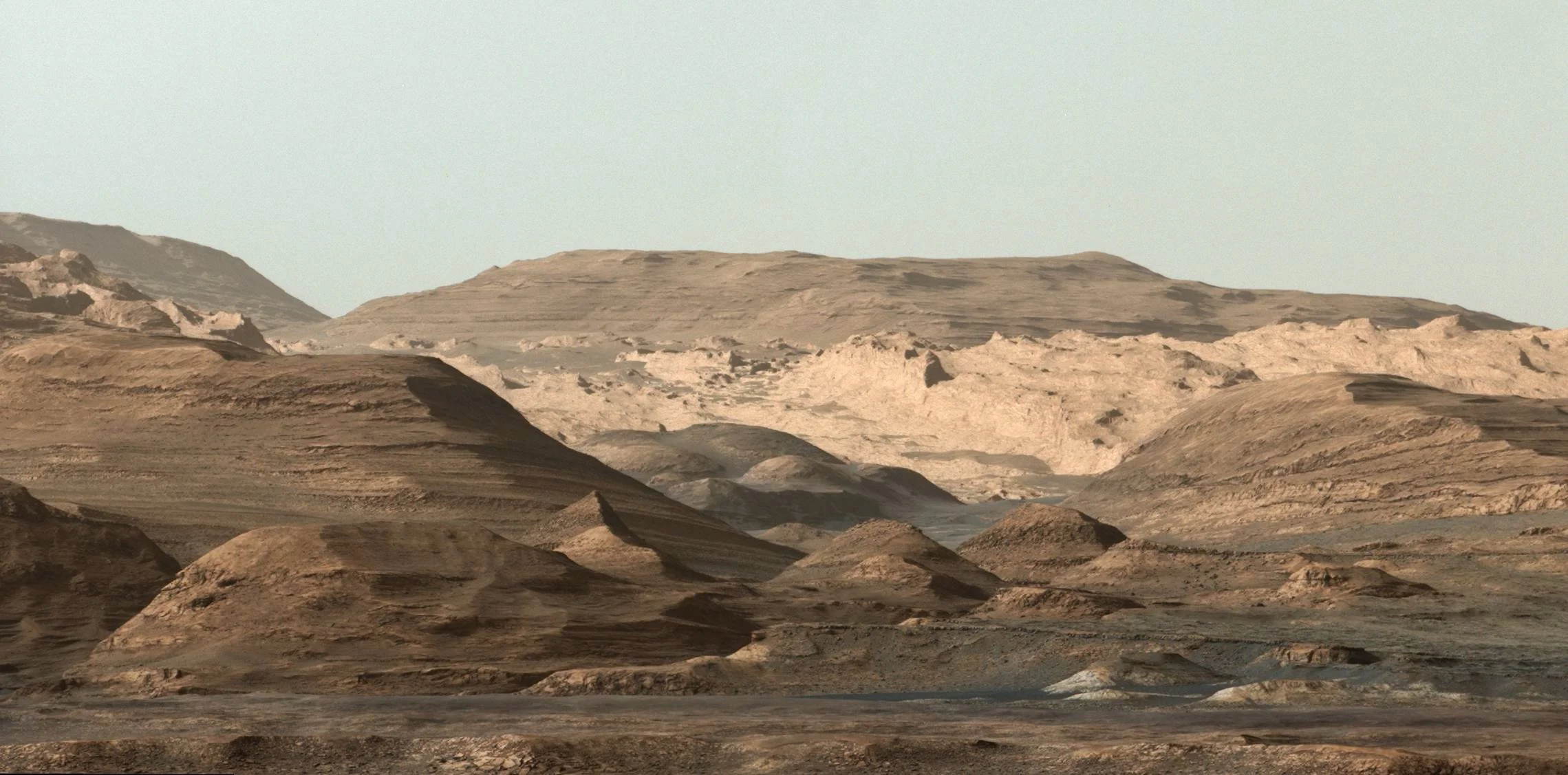Knowing if you are at risk of developing a neurodegenerative condition early could be very advantageous. Australian and US scientists have now devised a simple method to determine your risk of developing dementia.
Scanning for abdominal aortic calcification (Image Credit: LStockStudio via Shutterstock / HDR tune by Universal-Sci)
Dementia is a dreadful yet common disease among older people, currently in the top 10 leading causes of death while being on the rise worldwide.
Researchers at Edith Cowan University, collaborating with Harvard Medical School and others, determined that a lateral spine scan (typically used to measure bone density) can help establish whether an individual has a higher chance of developing dementia later in life.
Dementia risk factor
A long-term study, monitoring approximately 1000 women for a period of over 15 years (beginning all the way back in the 90s), shows that the degree of calcification of the abdominal aorta is a precursor of the disease.
The abdominal aorta is the biggest artery in the human body. It transports oxygenated blood from the heart to the legs and vital organs in the abdominal area. At birth, the inner wall of an artery is smooth. But over time, the inside can get damaged.
Inflammation can cause local thickenings, also known as plaque. Over time, it is possible that more and more calcium deposits form in this plaque. This process is known as arteriosclerosis, and it is responsible for reduced blood flow trough through the artery in those particular locations.
Build up of calcium in this area can be a very good predictor of cardiovascular problems such as the risk of strokes or heart attacks. But the team has now resolved that it can be an indicator of late-onset dementia.
The study (listed below this article) found that half of older women had moderate to high levels of arteriosclerosis. These women were double as likely to be hospitalized or die from dementia (after adjusting for other cardiovascular or genetic factors).
Preventative measures for dementia
Professor Simon Laws, director of the Centre for Precision Health, thinks that scanning the aorta for arteriosclerosis is an important step to possibly preventing dementia. If you detect risk factors early enough, there is time for preventative measures to be taken.
Laws referred to an adage stating that what's good for the heart is good for the brain. The new research reaffirms this connection while further increasing our comprehension of dementia risk and possible preventative measures.
Laws: "What's come to light is the importance of modifying risk factors such as diet and physical activity in preventing dementia: you need to intervene early, and hopefully, this study allows for the earliest possible change and the greatest impact.
A quick scan
A significant benefit of this new method of determining dementia risk is that a lateral spine scan to measure arteriosclerosis can be completed in no time. The necessary machines are available in practically every hospital. Hundreds of thousands of bone scans are already performed yearly to measure bone brittleness of potential osteoporosis patients.
According to Professor Joshua Lewis, one of the other researchers that worked on the study, a single extra scan with the same medical device that is already being used for examining osteoporosis would be sufficient to map arteriosclerosis.
According to Lewis, it is typically very fast and straightforward to do these scans, and in addition, they are way less invasive, more affordable, and minuscule in radiation exposure compared to conventional CT scans or X-ray scans.
The team at Edith Cowan University is already actively working with computer researchers to automate the diagnosis of abdominal aortic calcification. This will make the procedure much quicker and easier than requiring a trained imaging expert to read each and every individual scan.
Lewis believes starting an early conversation with people about their cardiovascular health and lifestyle changes is vital.
Lewis: "I think the next step is telling people about their AAC (abdominal aortic calcification) and late-life dementia risk to see if this can motivate healthy diet and lifestyle behavior changes."
If you want to learn more about the study, be sure to check out the paper published in The Lancet Regional Health, listed below.
Sources and further reading:
What is Alzheimer's disease, and what is dementia? (Universal-Sci)
Keeping your brain lively with games may defer Alzheimer's dementia for several years (Universal-Sci)
Abdominal aortic calcification on lateral spine images captured during bone density testing and late-life dementia risk in older women: A prospective cohort study (The Lancet Regional Health - Western Pacific)
Researchers found an encouraging potential treatment for dementia (Universal-Sci)
Research predicts dementia cases may triple in less than 30 years (Universal-Sci)
If you enjoy our selection of content consider subscribing to our newsletter (Universal-Sci Weekly)
FEATURED ARTICLES:







